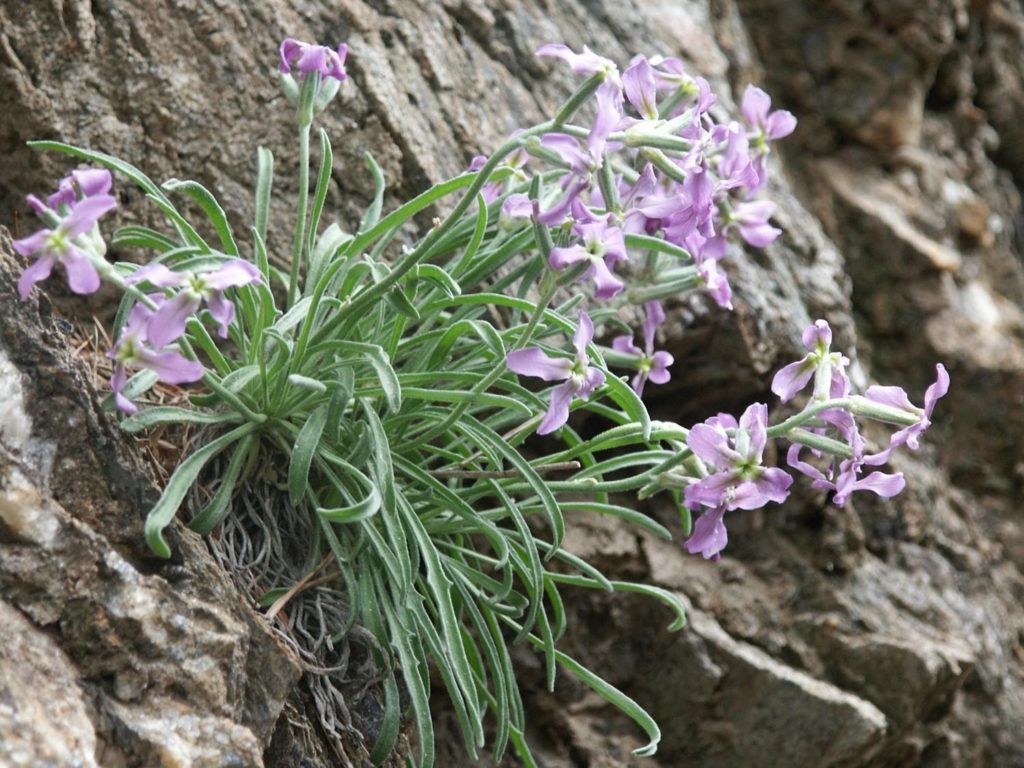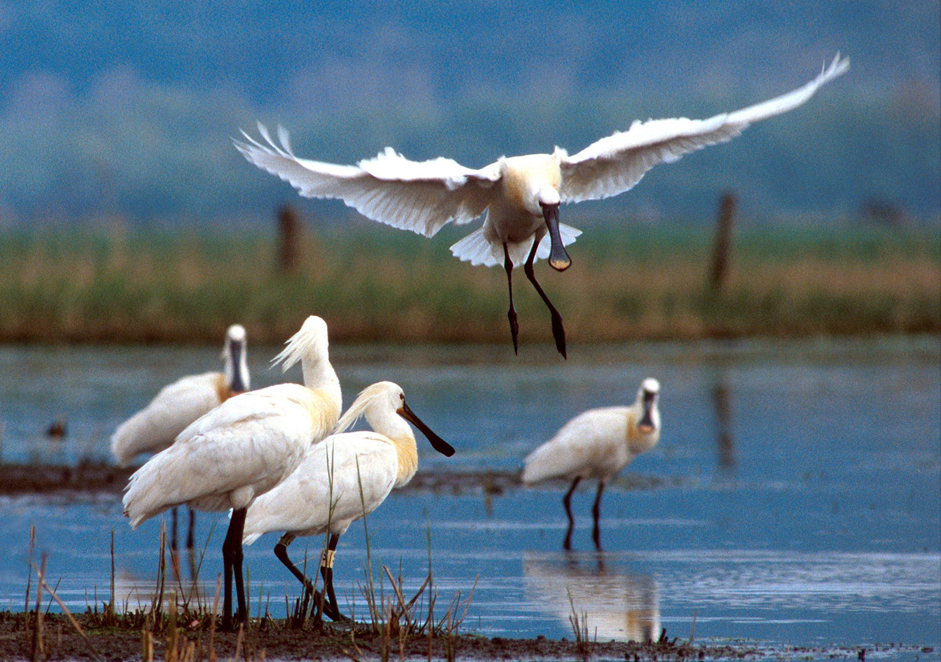Apuseni Nature Park RO © Cosmin Dobra
Within the framework of the EU Green Deal, on the 20th of May 2020, the European Commission published a key policy document for the future of Europe : the 2030 Biodiversity Strategy. It is the roadmap for the next 10 years regarding EU nature objectives. EUROPARC Federation has closely followed the policy-process, in order to ensure that the voice of Protected Areas within the EU institutions has been heard.The EUROPARC Federation welcomes the recognition of the European Protected Areas as key actors to ensure the full implementation of these strategies.
Bringing back nature into our lives
The EU Biodiversity Strategy for 2030 recognises the multiple benefits of biodiversity for society and, more broadly, for life on earth. The strategy addresses several spheres of society and incorporates various other policies such as Farm to fork, Zero pollution, Greening cities, Energy transition etc..
Desiring to become the global leader in nature protection, the European Commission has a strong ambition and wants to ensure that by 2050, “all of the world’s ecosystems are restored, resilient, and adequately protected.” (P.3 of the Strategy )
Published during the Coronavirus crisis, the Strategy integrates the challenges raised by the health crisis: “The recent COVID-19 pandemic makes the need to protect and restore nature all the more urgent. The pandemic is raising awareness of the links between our own health and the health of ecosystems. […] Protecting and restoring biodiversity and well-functioning ecosystems is therefore key to boost our resilience and prevent the emergence and spread of future diseases.”
EUROPARC Federation welcomes this vision, convinced that human health depends from healthy ecosystems: discover more about EUROPARC work on Healthy Parks-Healthy People.
Biodiversity loss and ecosystem collapse are one of the biggest threats facing humanity in the next decade. They also threaten the foundations of our economy and the costs of inaction are high and are anticipated to increase.
One of the main outstanding issues is related to the budget. The strategy states that : “To meet the needs of this strategy, including investment priorities for Natura 2000 and green infrastructure, at least €20 billion a year should be unlocked for spending on nature.” Indeed, non-action would entail a considerably higher economic cost, as mentioned several times in the strategy.
For official information, we invite you to visit the official webpage on Biodiversity of the European Commission.
Protected Areas: key actors for the EU 2030 Biodiversity Strategy
The two main objectives of the Biodiversity Strategy is to “improve and widen our network of Protected Areas and develop an ambitious EU Nature Restoration Plan.” (Biodiversity Strategy, p.4)
EUROPARC Federation and its members are therefore key actors, with a more integrated approach to land management, in promoting this new European horizon, being
- Key actors to implement EU policy in the field
- Key beneficiaries of EU Policies, Programs and actions.

Binntal Veglia Devero Transboundary Nature Park (CH-IT) -Mathiola vallesiaca © Photo A. Weissen
EUROPARC’s recommendations
The EU 2030 Biodiversity Strategy sets the following targets:
- Build a coherent Trans-Europe Nature Network.
- Legally protect a minimum of 30% of the EU’s land areas and 30% of the EU sea area and integrate ecological corridors. (It means an extra of 4% of land and 19% for seas areas as compared to today)
- 10% of EU land and 10% of EU sea should be under strictly Protected Areas. (Today, only 3% of land and less than 1% of marine areas are under strict protection.)
- As part of this strict Protected Areas network, it is highlighted the necessity of protect all the EU’s remaining primary and old-growth forests.
Member States will be in charge of designating the new Protected Areas and strictly Protected Areas; they will define conservation objectives and measures for all Protected Areas. Here, EUROPARC Federation and its members should have a key role to play to provide our expertise to our own Member State in order to ensure a participative and representative process. Effective partnerships and participation is the key to ensure a proper implementation on the field. After consultation with our members, EUROPARC has brought forward its views and recommendations to the European Commission.

Parc naturel régional de Brière (FR) © Photo Jean Pierre Saliou
Nature Restoration :
– Legally binding EU nature restoration targets will be proposed in 2021. It will be subject to an impact assessment.
– Policy coherence with the Common Agricultural Policy and the Farm to Fork Strategy :
– An objective to increase the quantity, quality and resilience of the forest of Europe :
- A Forest strategy by 2021 with the objective to plant at least 3 billion additional trees in the EU by 2030.
- Development of the Forest Information System for Europe
– Restoring the good environmental status of marine ecosystem :
- Marine resources must be harvested sustainably and zero-tolerance for illegal practices
- A new action plan to conserve fisheries resources and protect marine ecosystem will be proposed by 2021
- To tackle by-catch of species
- Fisheries-management measures must be established in all marine protected areas
– Restoring Freshwater ecosystems:
- 25 000 km of free-flowing rivers must be restored
– Greening urban and peri-urban areas:
- Cities with at least 20 000 inhabitant will have an ambitious Urban Greening Planning
- EU Urban Greening Platform
– Reduce Pollution & Addressing invasive alien species:
- Reduction of use of fertiliser by at least 20%
- A new EU strategy on Zero pollution Action plan for Air, Water and Soil
- A EU invasive Alien Species Regulation
Overall the Biodiversity Strategy seeks to improve the health of existing and new Protected Areas.
EUROPARC Federation welcomes this step towards recognition of the value of Protected Areas as a key delivery mechanism for the strategy. EUROPARC will continue to strengthen our network to share best-practices to ensure the effectiveness of the Biodiversity Strategy.